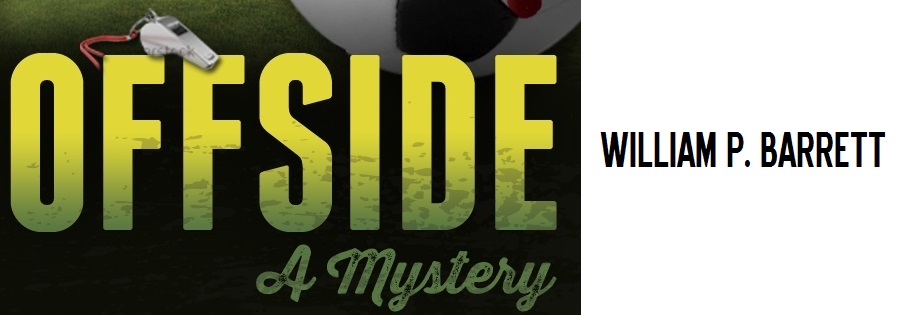Chapter 1
“Man on!”
“MAN ON!”
“MAN ON!”
Okay, they weren’t men. Not even boys. They were girls. Twelve-year-old girls. But in soccer that was always the shout when an opponent got an advantage.
The screamer was Coach Diego Diaz. He yelled at his defensive fullback because the other team’s offensive striker was streaking up the far sideline on attack and starting to veer in toward the center of the field. Meanwhile, the striker’s midfielder teammate dribbling along the near sideline booted the ball diagonally toward the goal line.
On the second weekend of the Valley Mirage Soccer League fall season in September 2006, Diaz saw the well-coached play the other side was serving up. He didn’t like it. Not one bit. A short, stout 49-year-old East Los Angeles native with an already thinning shock of black hair, Diaz made up for a certain lack of natural soccer coaching skill by being possessed of a loud voice.
A very loud voice.
A voice so piercing, so grating, so foghorn-ish that when he let loose—which was a lot of the time—Canada geese flying over Valley Mirage on their southeasterly fall migration were known to suddenly tack east-southeast. Like toward the even-further-out suburb of San Bernardino, which its long-gone indigenous natives originally had dubbed Valley of the Cupped Hand of God. Near the sacred spot where Los Angeles area residents who considered the risk in their daily lives too insufficient turned north on the interstate through the mountains heading for Las Vegas and a few days of purchased risk.
Blessed with his own one divinely provided physical attribute, Diaz did what he always did in these ominous situations.
He screamed at the referee.
“Offside, ref!”
More volume. “OFFSIDE, REF!”
Maximum force. “SHE’S (pause) OFF (pause) SIDE (pause) REF!”
This time Diaz actually managed to send a startled gaggle off on a due east trajectory. Sort of like more toward Barstow, the remote Mojave Desert crossroads town that singer Jay Farrar once lyricized as “More Than Halfway to Hell.”
Diaz was considerably less successful with Rick Hermannik, the portly referee lumbering along the field trying to keep up with play, and with the assistant referee already up along the sideline. The AR had a perfect angle and did not raise his flag to signal the violation of offside, the long-debated, much-misunderstood soccer rule variously described as a stroke of strategic brilliance or a guarantee of boring low scores.
In this instance, a good non-call. For the other team had timed it perfectly. The striker stayed even with the fullback, who was the last defender in front of the goalkeeper—meaning no offside—until the midfielder sent the ball, then bolted toward the net to take the pass all alone and poke in an easy goal. Hermannik whipped out his $24,000 Grayson Tighe fountain pen—his one pride and joy, which he bragged about all the time—and with a flourish added another vertical mark on the game card kept in his jersey pocket.
Diaz had been riding Hermannik the entire match, his decibel level rising like the national debt with each of the other team’s goals—this was the third—and decreasing with each of his own team’s goals—zero so far. Now, the rules of soccer—pretentiously called the Laws of the Game, as though they had been enacted by some parliament of sport—specifically forbid the expression of dissent. That’s a throwback to the myth, even putting aside the aforementioned gender discrepancy, that soccer was a gentleman’s sport. (Then again, it wasn’t until 1997 that the obscure British-created panel that set the rules for world soccer—and which over a century and a half never had had a female member—finally changed the name of one yellow-card offense from “ungentlemanly conduct” to the gender neutral “unsporting behavior.” A year earlier, in another burst of sexual equality, the lawmakers changed the title of the flag-carrying officials running along the sideline from “lineman” to “assistant referee.”)
But a certain degree of tolerance on this point was traditionally afforded coaches. Especially volunteer coaches of youth teams. Especially volunteer coaches of youth teams in the many, many affluent Los Angeles suburbs like Valley Mirage often populated by two-income families whose guilty parents were simply too busy making money to devote the time themselves, forcing the leagues in some measure to take what they could get.
Especially volunteer coaches like Diaz, who had been around for a while and were as much a part of the local youth soccer scene as, say, the yucky, half-empty Starbucks coffee cups strewn about the sidelines after a full Saturday of matches. …
